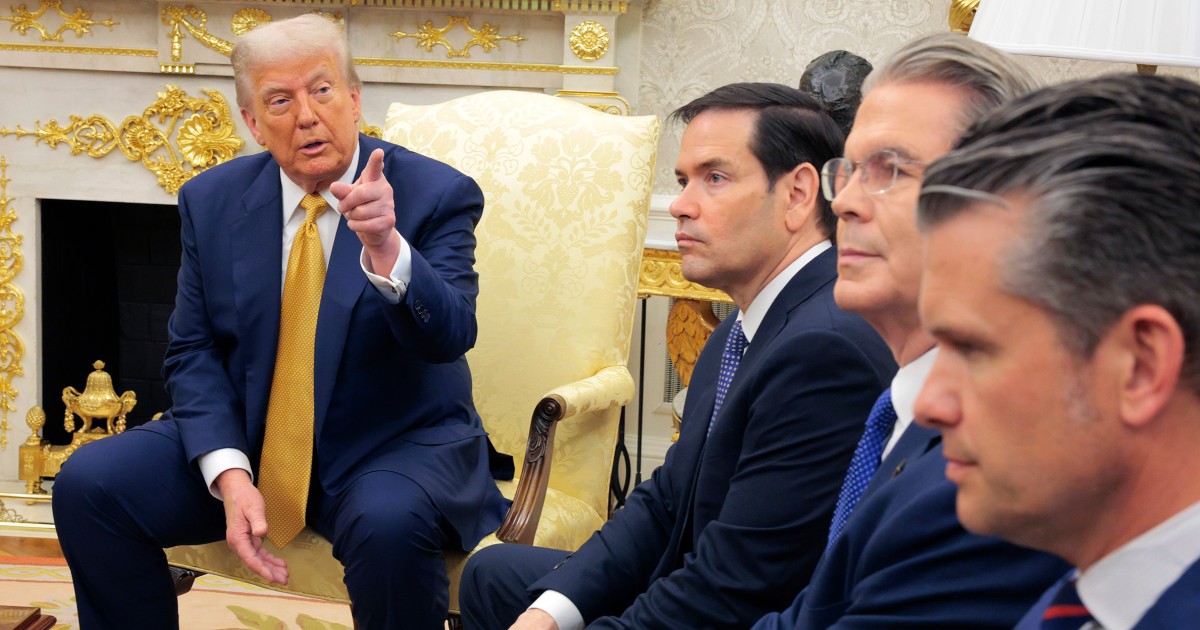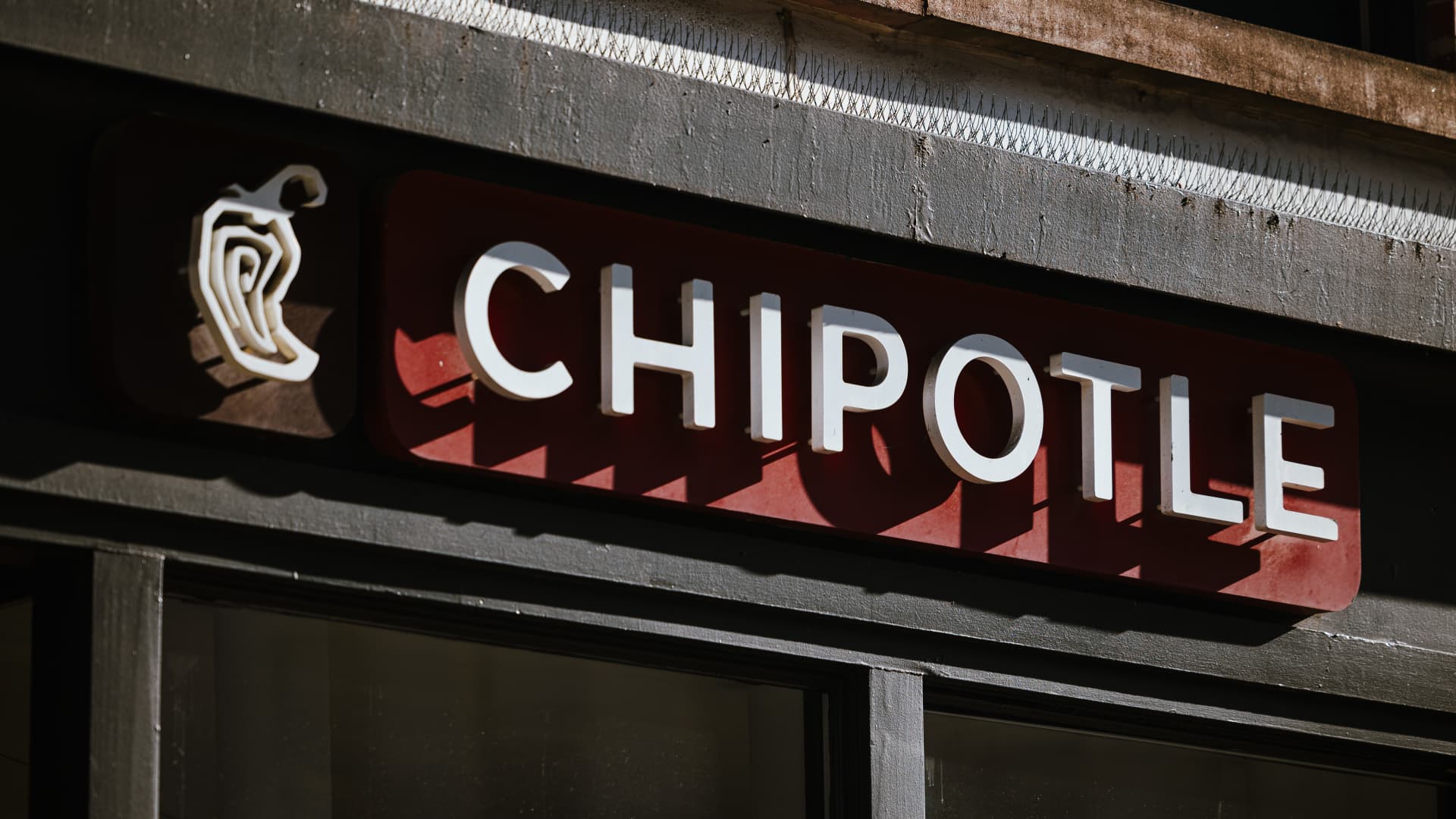Trump’s trade deals are arriving, but details on how they’ll benefit the economy have yet to materialize

President Donald Trump has begun announcing a suite of new bilateral trade agreements. The details of the deals — and who, if anyone, stands to benefit — remain largely unknown.
On Tuesday, Trump heralded three new agreements with Indonesia, the Philippines and Japan. The announcements came with no information about enforcement or guarantees, outside of tariff levels stated by Trump — 19% for the first two, 15% for Japan — and promises of eliminating barriers on imports of U.S. products.
Instead, the deals have been overshadowed by warnings from U.S. firms about the impact of Trump’s tariffs to their bottom lines, prolonging a cloud of uncertainty over a U.S. economy already operating at stall speed.
While recession odds have been dialed back in recent weeks, economists surveyed by The Wall Street Journal still see 33% odds of one coming within a year, compared with 22% at the start of 2025. Meanwhile, earnings estimates for the S&P 500 compiled by research group FactSet are 3% lower since then, the Journal said.
And even as major stock indexes continue to churn higher to near-records, analysts say the gains are increasingly driven by an ever-narrower band of companies, like tech firms, that are largely unaffected by the tariffs. Reuters reported this week that out of 68 U.S. companies who’ve provided explicit reactions to tariffs, 26 have issued profit margin warnings, while 24 have announced price hikes.
It is not clear how any of the new deals will improve matters. The most significant new agreement recently announced by Trump is with Japan. It imposes a 15% tax on products imported from that country, with Japan pledging to “open” itself to more U.S. products “including cars and trucks, rice and certain other agricultural products and other things.” Trump also announced an unspecified investment worth $500 billion, of which the U.S. would take 90% of profits.
Commerce Secretary Howard Lutnick said Wednesday the $500 billion would be able to be used for “anything” — from manufacturing pharmaceuticals to building semiconductor factories or mining critical minerals. Japan “will finance the project and then we’ll give it to an operator who will run it and the profits will be split — 90% to the taxpayers of the United States and 10% to the Japanese,” he said.
Asked if the billions were just loan guarantees, Lutnick said it encompassed “equity, loans and loan guarantees.” He added that Japan would “be the banker” for projects the U.S. wanted to pursue.
Lutnick said the investment was proposed along with lowering tariffs to 15% because “the Japanese are never going to really open their market the way Donald Trump wants them to open it.” Shortly after Lutnick made those comments on Bloomberg Television, Trump wrote on his Truth Social platform, saying “Japan is, for the first time ever, OPENING ITS [MARKET] TO THE USA,” adding that the deal includes “cars, SUV’s, Trucks, -and everything else.”
Setting aside the contradictory remarks, the deal serves to massively increase the effective tax rate charged to companies importing Japanese products, from 2% to 15%. With most analysts agreeing that the importing firm — and, in many cases, the end consumer — ultimately pays the tariff, it translates to nearly $23 billion in lost private spending power in the U.S. economy given the approximately $150 billion-worth of goods the U.S. imports from Japan.
Early Wednesday, Detroit’s “Big 3” automakers expressed their concerns about the Japan deal, saying that if nothing changes, Japanese auto imports now face a lower tariff rate than those imported from Canada and Mexico, where the trio still maintain much of their production capacity. The warning came after GM announced a $1 billion hit to its profits from tariffs already being collected.
“Any deal that charges a lower tariff for Japanese imports with virtually no U.S. content than the tariff imposed on North American built vehicles with high U.S. content is a bad deal for U.S. industry and U.S. auto workers,” Matt Blunt, who heads the American Automotive Policy Council, said in a statement.
Investors are also reacting, but not the way they used to.
Unlike the outset of his second term, when Trump’s tariffs rollout caused one of the sharpest sell-offs in history, markets now shrug when Trump announces new deals — simultaneously waiting for the impact from tariffs to show up in the economy, while also unsure that what Trump announced will actually end up sticking.
In a note to clients published Wednesday, analysts with Piper Sandler financial group said they doubt the deals being cut will last.
“These deals are made under duress,” they write. “Instead of being based on fixed principles of free or fair trade — or you might say, reciprocity — these deals are all about leverage. But leverage shifts all the time.”
For now, they say, it is clear that any agreements Trump announces will include higher import duties.
“Investors should expect higher tariffs after August 1,” they write.
[title_words_as_hashtags




